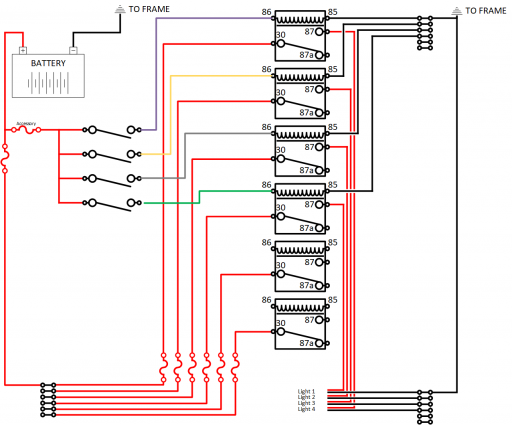
Advocate II
Hello overlanding friends,
I'm a pretty good mechanic but am absolutely clueless when it comes to electrical work. Any good electricians out there that can help with a DIY fuse/circuit breaker setup similar to Source Pod? I've looked into it and I like doing DIY projects. I run in a 2017 Toyota 4Runner SR5 (XP). Any information would help, been looking with little to no actual help.
Thank you,
Bowser.
I'm a pretty good mechanic but am absolutely clueless when it comes to electrical work. Any good electricians out there that can help with a DIY fuse/circuit breaker setup similar to Source Pod? I've looked into it and I like doing DIY projects. I run in a 2017 Toyota 4Runner SR5 (XP). Any information would help, been looking with little to no actual help.
Thank you,
Bowser.



